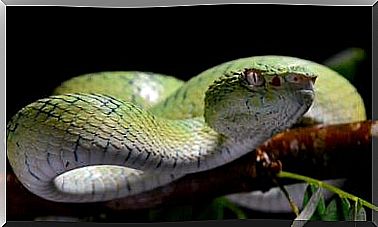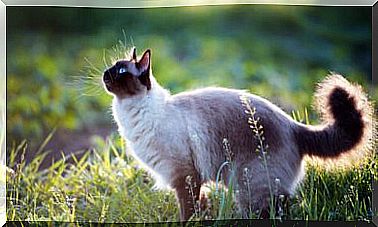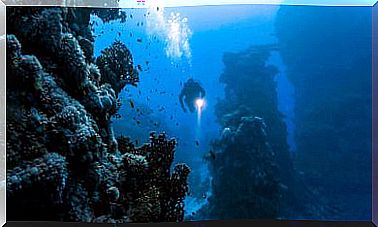Animals That Can Change Color
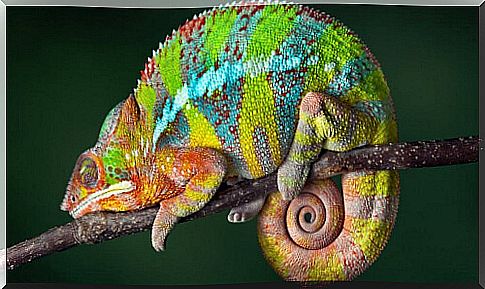
Many animals change color to blend in with their surroundings and fool their prey or predators. It is an effective measure, which increases the chances of survival in the natural world.
This mimicry is also done to attract the attention of the opposite sex or to ‘disguise’ themselves as another species. Be that as it may, this ability is still surprising. Next, we will see some species of animals that have the ability to change color.
Why can some animals change color?
All living beings have an extraordinary ability to adapt to their environment. To satisfy their needs for reproduction, food, and survival in general, the different species develop particular abilities. And among them, some animals have developed the ability to change the color of their skin.
Another important function of color change is thermoregulation ; in this way, the color of the skin changes depending on the temperature regulation needs of your body.
Finally, animals also use color change as a form of communication. Through these ‘codes’ in their appearance, they are capable of transmitting a large amount of information between individuals of the same or of different species. This occurs mainly in mating, fighting, danger situations, etc.
Although not all are as well known as the chameleon, there are many animals that can change color. Among them are insects, reptiles, amphibians, fish and other marine species, birds and even some mammals.
Insects
Many insects are an example of mimicry; they become so confused with their surroundings that it is very difficult to recognize them. Some adopt not only the color but the shape of leaves, twigs, bark, etc.
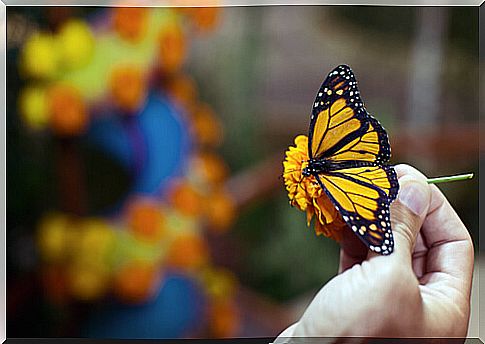
As an example, there are butterflies that have the ability to combine the colors of their wings with the trees where they perch. Others even have a design on their wings that resembles the head of an animal with large eyes. This allows them to camouflage themselves from their predators.
The golden yellow crab spider has the ability to change its color to protect itself. It switches between white and yellow, to be able to hide between daisies and sunflowers, and more easily catch its prey.
Some species of beetles also have this ability to disguise themselves in the wild; they have bright colors that scare away their enemies. In dangerous situations, they display a design that resembles large eyes and a mouth full of sharp teeth.
Reptiles and amphibians
Chameleons are possibly the best known when it comes to changing color; They do this thanks to the specialized cells full of pigments that they have under the skin.
The chameleon can completely blend in with its environment, to become practically invisible to its prey and predators. It is capable of acquiring very intense and bright colors and designs to attract females before mating or to express its mood.
Some frogs also have this same ability to change color. For example, the Australian frog may have brown skin with darker spots, or it may turn green. The color will depend on the environment you are in, whether it is on land or a forest full of vegetation.
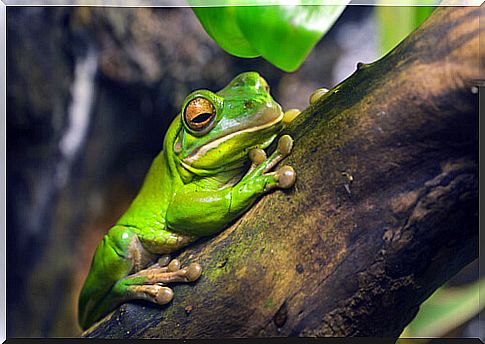
A mimicry that can be very dangerous for other species and even for humans is that of some snakes. They camouflage their bodies to blend in with branches, stones, or sand.
Fish and other marine animals
- The mime octopus is one of the most intelligent and surprising marine species, due to its ability to imitate other marine animals such as sea snakes, rays or jellyfish. It does this not only through the movements of its body, but also by changing color.
- Some flatfish, such as flounder or sole, are also known for their ability to change color depending on their environment; its adaptive camouflage is really impressive. They change color when changing habitat, in just 8.5 seconds.
- The seahorse also has the ability to change its color, to blend in with the ocean floor or with corals. This is the only defense mechanism it has against its predators.




